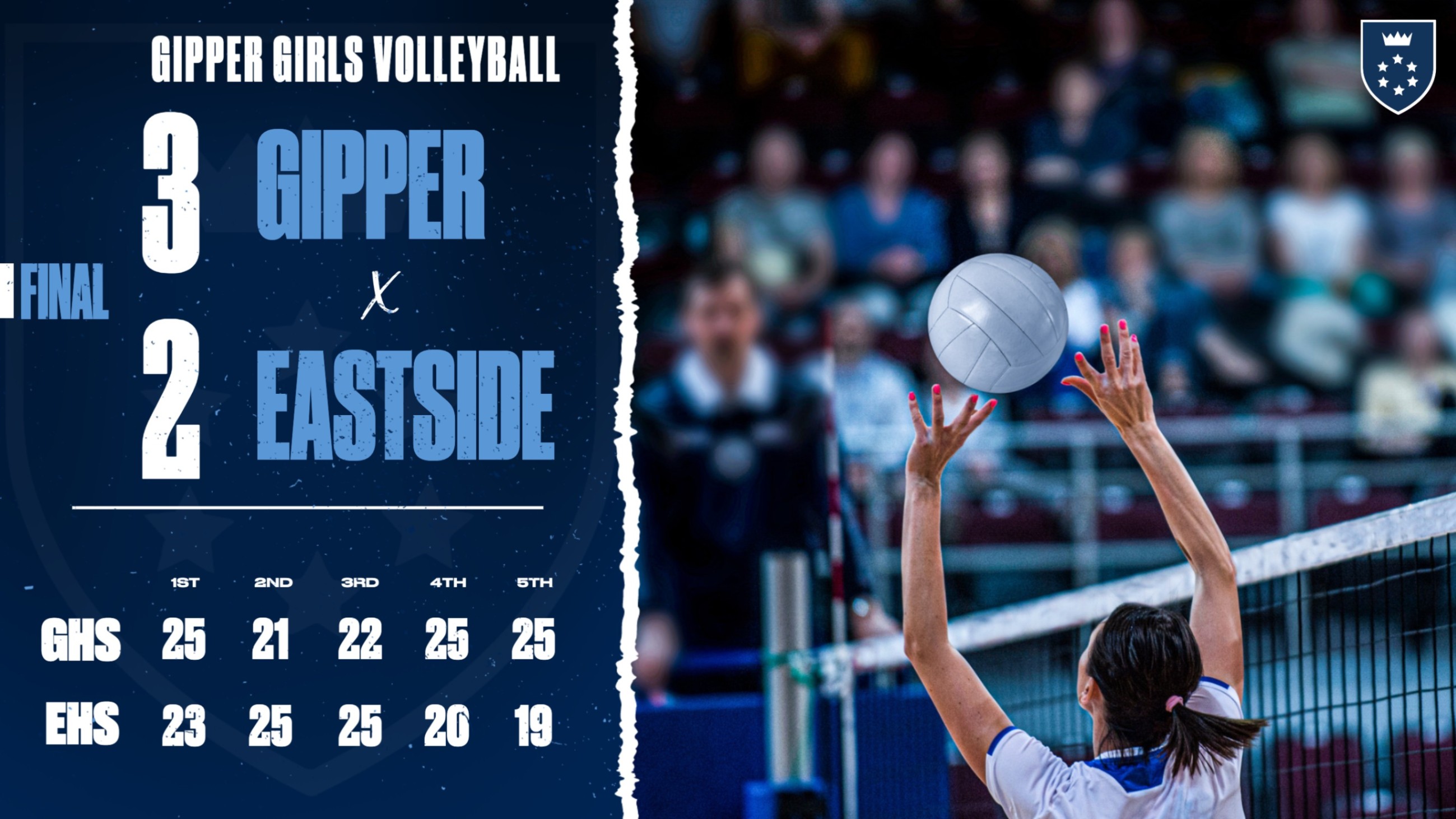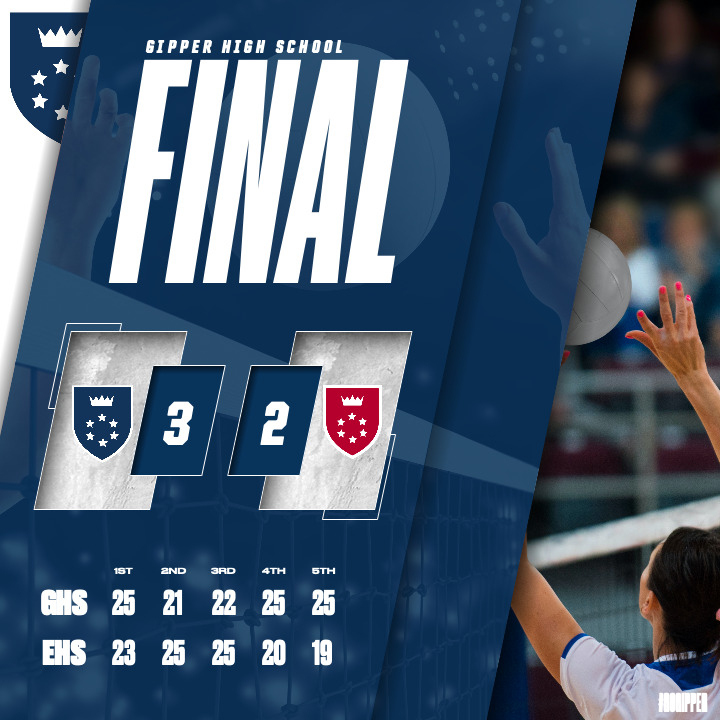Okay, so today I decided to get my hands dirty with a “live volleyball game” project. I’ve always been fascinated by how real-time data can be presented in a fun, engaging way, and a volleyball game seemed like a cool way to explore this.

First, I brainstormed. I mean, what do I actually need for a bare-bones “live” game? I figured, at the very least, I need:
- Two teams.
- Scores for each team.
- Some way to update those scores.
Pretty basic, right? I decided to keep it super simple and start with just plain text. No fancy graphics or anything yet. I’m just trying stuff out.
So I started by creating two teams, creatively named “Team A” and “Team B”. Then, I gave each team a starting score of 0. The initial display was super basic, just text on the screen, but hey, it’s a start!:
Team A: 0 – Team B: 0
The next step was to figure out how to update the scores. I thought, “Okay, let’s simulate some game action.” So I imagined some back-and-forth scoring and manually changed the scores in the code to reflect that. For example, after a few “plays,” I might have changed the display to:
Team A: 5 – Team B: 3

I kept doing this, manually changing the scores to mimic a real game. It felt a little clunky, but I could see the basic idea taking shape. It was like watching a text-based version of a volleyball match unfold.
Then I thought, wouldn’t it be nice to not have me in the middle, acting like the game engine? So I created a super simple score-incrementing mechanism. It was very basic, just randomly added a point to either Team A or Team B. Very, very crude, but it did mean the score changed without me manually editing the numbers.
After some “playing” (really, just hitting the update button a bunch of times), I ended up with something like this:
Team A: 12 – Team B: 10
What I Learned
The key takeaway was that even something super simple can still demonstrate the core concept. I also realized how important the “update” mechanism is, and how many different ways there are to simulate a real-time event. This was just a starting point, of course. I have tons of ideas to make it more interactive and realistic, but for a first attempt, I’m pretty happy with how I broke down the problem and got something basic working.




















